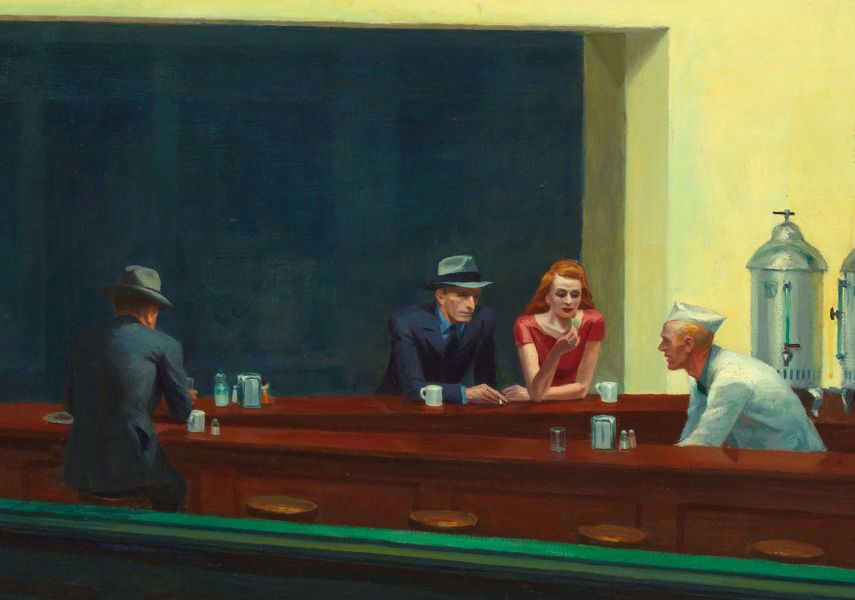An elegy for Google Reader

I know this will be of interest to some of my colleagues as well, but I love this post from Katie Baker:
All of this is facilitated by Google Reader, a slim workhorse of a site launched in 2005 that uses pre-existing RSS feed protocols to turn the chaos of the web into a pleasant lazy river of content. Google Reader is not the world’s first RSS newsreader, nor will it be the last, and over the years plenty of internet power-users will sniff that it’s not even the best. But it’s the one that caught on. And using it requires little effort to yield satisfying, orderly rewards, kind of like tossing spare coins and crumpled bills into an old ceramic piggy bank and finding out, in return, that you have been granted access to a sleek, organized, and free Swiss bank account.
Google Reader never judges, nor does it showboat. It swans under the radar, with a URL that isn’t blocked by my office computer system the way louder social networks like Twitter and Facebook are. It has a look that is intentionally left blank. There are ads here and there, but way fewer. Even its black box functionality, introduced in 2009, is labeled with wry charm: A user can sift through feeds in chronological order or can choose to, in Google’s words, “sort by magic.”
[…]
Some of these losses are silly and tiny, but others over the years have felt more monumental and telling. And when Google Reader disappeared in 2013, it wasn’t just a tale of dwindling user numbers or of what one engineer later described as a rotted codebase. It was a sign of the crumbling of the very foundation upon which it had been built: the era of the Good Internet.


